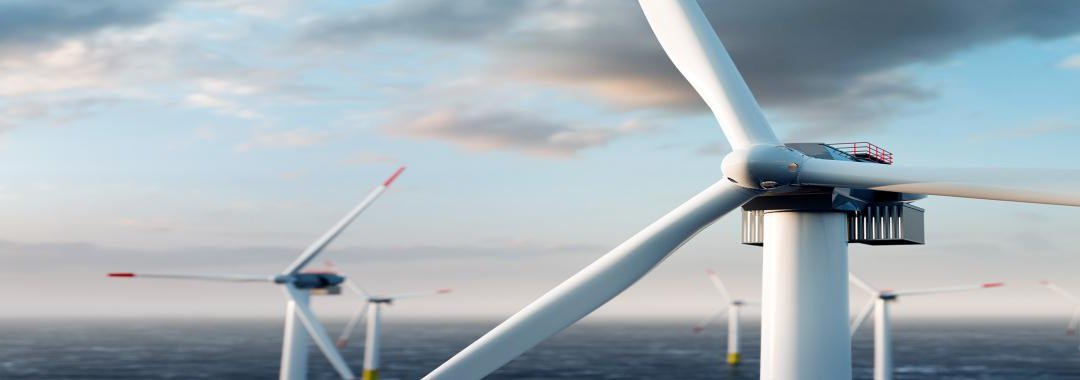WASHINGTON — The Department of the Interior (DOI) will continue issuing permits and land leases for oil, natural gas and coal production while halting the same and construction on renewable energy projects during the government shutdown.
When asked about that decision, a DOI spokesperson said via email, “The Department of the Interior will keep critical services open and running for the benefit of the American people.”
These “critical services” include projects that address the administration’s energy goals and the National Energy Emergency that President Donald Trump issued in January. Both emphasize oil, natural gas and coal. The national emergency’s definition of energy excludes renewable sources like solar and wind power.
After the Senate failed to pass a stopgap spending bill Tuesday, most federal activities were paused and thousands of federal workers were furloughed.
According to the Bureau of Land Management (BLM) contingency plan, federal workers involved with issuing permits for oil and natural gas drilling and coal mining are exempt from furloughs because of the National Energy Emergency. A BLM spokesperson confirmed activities related to the National Energy Emergency will continue through the shutdown.
Issuing permits for and developing solar farms will stop for the duration of the shutdown.
The Bureau of Ocean Energy Management (BOEM), which manages energy resources in the U.S. Outer Continental Shelf under DOI, outlined plans to furlough over 70% of its staff in its shutdown contingency plan. The plan also outlines that carryover funds from the last fiscal year will not be used to support employees working on renewable projects.
The DOI shutdown contingency plans reflect a greater pattern of the Trump administration prioritizing fossil fuels over renewable energy, which Special Initiative on Offshore Wind Director Kris Ohleth described as concerning. She said following an “all of the above” approach to energy is important to successfully transition from fossil fuels to renewable sources.
“In the grand scheme of things, we’re much more concerned about the next three and a half years than the next three and a half weeks of the shutdown, hopefully less,” Ohleth said. “But it’s a real challenge at the federal level. This (shutdown) just seems a bit like yet another layer for the sector to have to absorb.”
Offshore wind is one energy industry that could face temporary consequences because of the shutdown. Wind farms built on the Outer Continental Shelf require permits from BOEM for construction because the territory is federally managed. The federal workers who manage the permits are considered “nonessential,” so offshore wind projects cannot contact these regulators for urgent matters while they are furloughed. This could cause construction delays.
Ohleth said the preferred construction windows for most offshore wind projects often ends by late October because high wind speeds and aggressive waters during winter months can slow installation.
She also noted that it takes around 10 years to develop an offshore wind farm, so these types of projects will likely not face long-term consequences if the shutdown only lasts a few weeks.
“This will just be a bit of a micro blip in the story of an offshore wind farm,” Ohleth said.
Even before the shutdown, the Trump administration has prioritized fossil fuels over renewable energy. The DOI retracted permits that had already been issued to offshore wind companies under the Biden administration.
Office of Management and Budget Director Russell Vought posted on X Wednesday that the administration will also cancel nearly $8 billion in funding for climate initiatives, including clean energy, in 16 states that voted for former vice president Kamala Harris in the 2024 election.
“While I would say, typically, a government shutdown would have a very big impact on offshore wind, because the federal government has already essentially been shutting down offshore wind, I would say relatively this impact is less than it typically has been or would be,” Ohleth said.


